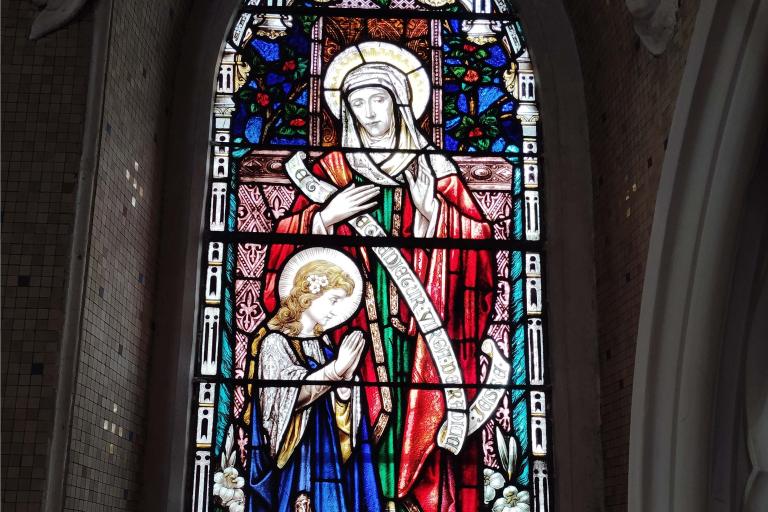
Five projects in Carlow have secured a total of €46,284 in funding under the Heritage Council’s 2025 Community Heritage Grant Scheme.
The Heritage Council is distributing more than €1.9 million through the Scheme this year to support 132 heritage initiatives across Ireland.
These grants will enable local communities to conserve and celebrate Ireland’s built, cultural, and natural heritage. The allocation follows a national call for applications in February, which attracted hundreds of proposals from heritage groups, volunteers, and community organisations across the country.
The funding recipients in Carlow are as follows:
- Ballyellen Development Association - €22,694
- Bagenalstown Parish Council - €9,080
- Delany Archive Trust - €11,210
- Cranavane Holy Well Committee - €3,300
- Druimcree Historical Group - €7,425 (Wexford/Carlow)
The €9,080 in funding awarded to Bagenalstown Parish Council will support it in its work to restore and conserve the front stained-glass window at St. Patrick’s Church in Newtown — one of the finest Gothic barn-type churches in the country. The project builds on the parish’s reputation for its remarkable stained-glass collection and makes use of the Scheme to safeguard this important local heritage.
Several funded initiatives operate across Ireland including the second phase of the ‘Gardening for Bats’ project by Bat Conservation Ireland, which has been awarded €15,583, and a project on the oral histories of Irish show people by the Irish Street Arts, Circus and Spectacle Network, which has been awarded €22,525.
Projects such as these reflect the wide range of initiatives supported by the scheme — from safeguarding historic structures to researching local heritage, restoring habitats, and building biodiversity expertise within communities. A full list of funded projects is available from here.
All funded projects can begin work immediately and are expected to be completed by the end of the year. Previous recipients in Carlow have used this funding to restore architectural features, digitise local archives, and carry out conservation training — strengthening both the preservation of heritage and the local economy.
In 2024, the scheme funded a documentary film that explores the history, cultural significance, and ongoing traditions of the Cranavane Holy Well in Carlow, as well as the development of an audio guide for Tinryland exploring its archaeology, history and heritage. It also funded conservation works to Carlow Methodist Church.
Minister of State for Nature, Heritage and Biodiversity, Christopher O’Sullivan TD, said:
“Community groups and heritage organisations do incredible work in preserving and our natural, cultural and built heritage for generations to come. From conserving historic buildings and graveyards, to digitising archives, restoring monuments, and promoting biodiversity, these initiatives ensure that Ireland’s unique stories, traditions, and places are protected for future generations. I am inspired by the creativity and commitment shown by groups across the country, and proud that this scheme continues to empower local communities to safeguard our heritage in all its forms."
Dr. Martina Moloney, Chairperson of the Heritage Council, added:
“The Heritage Council is committed to empowering communities and ensuring that our shared heritage is preserved and celebrated by all. This scheme reflects that commitment, supporting a diverse range of projects—from conservation and skills training to research and interpretation—that might not otherwise receive funding. Initiatives like the Traditional Farm Buildings Scheme, Adopt a Monument, and Heritage in Schools show how local engagement and national support can combine to deliver real, lasting benefits. The Community Heritage Grant Scheme is a vital part of this approach, helping communities across Ireland protect the places, stories, and traditions that matter most to them.”
Virginia Teehan, Chief Executive of the Heritage Council, remarked:
“Through the Community Heritage Grant Scheme, we are proud to support the work of local groups who care deeply about their heritage and who are taking meaningful action to protect and promote it. Whether it’s restoring a local landmark, recording oral histories, or creating habitats for biodiversity, these projects have a tangible and lasting impact. They strengthen local identity, drive tourism, and create opportunities for learning, connection, and employment. We see time and again how this scheme brings people together and builds pride of place across the country.”